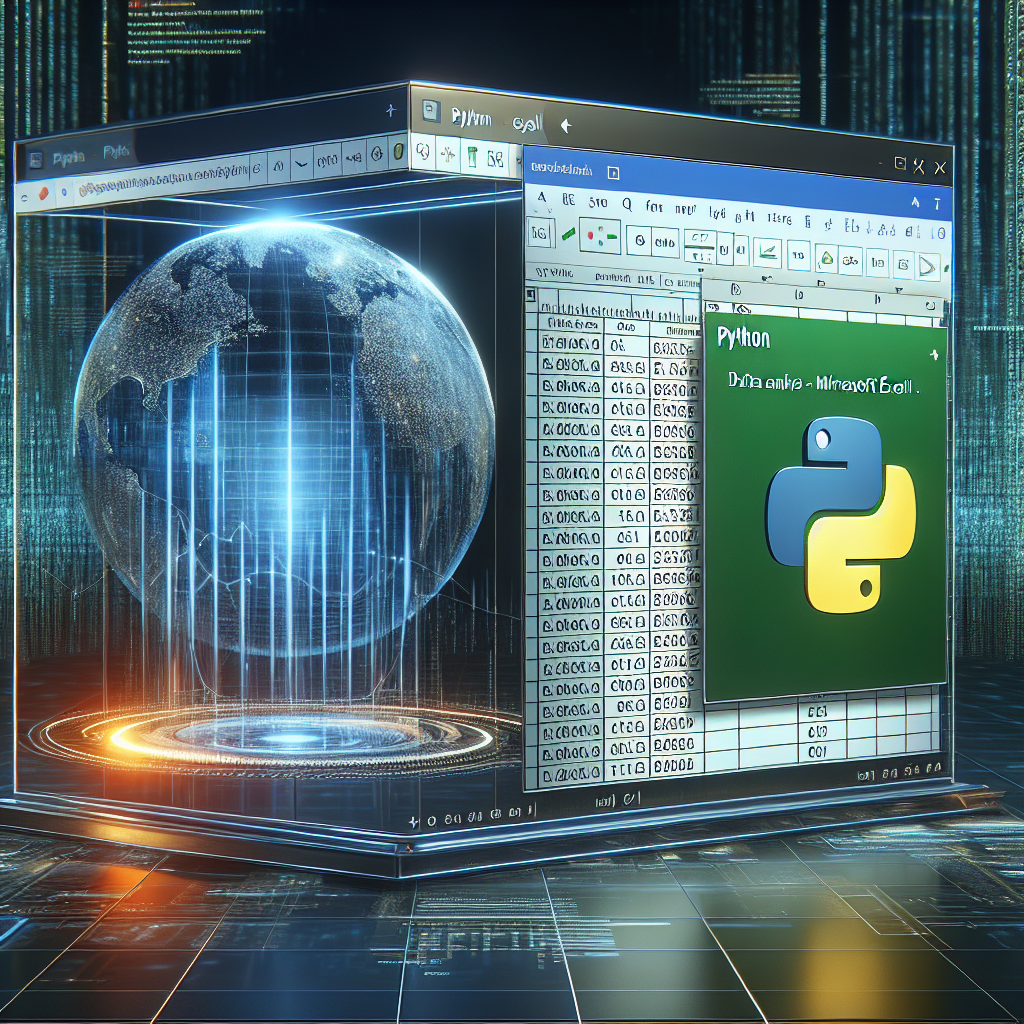### Unlocking Excel’s New Python Features: Introduction and Practical Tips 🐍📊
Excel has long been the go-to tool for data management and analysis. But did you know Excel now integrates Python, one of the most versatile programming languages? This integration opens up a world of new possibilities, perfect for data enthusiasts eager to leverage the power of Python right within Excel! Let’s dive into how you can get started with Python in Excel and explore some practical tips to boost your productivity.
#### Why Python in Excel?
Integrating Python into Excel is like combining the best of both worlds. Python’s libraries for data analysis, like Pandas and NumPy, are powerful companions for Excel’s straightforward interface and functionalities. This combination allows for enhanced data manipulation, comprehensive analytics, and even automated reporting – all directly in Excel.
#### Getting Started with Python in Excel
1. **Ensure Your Excel is Updated**: First, make sure your Excel version supports this feature. As Microsoft rolls out this capability, it’s important to have the latest updates to access Python functionalities.
2. **Activate Python Integration**: Navigate to Excel options, and explore the add-ins or integrations section. Look for Python support and activate it if it’s not already enabled.
3. **Understanding the Python Environment**: Excel introduces a seamless Python environment where you can write and execute Python scripts. Familiarize yourself with this interface and try running a few basic scripts to get comfortable.
#### Practical Tips for Using Python in Excel
– **Data Cleaning with Pandas**: Use Python’s Pandas library to automate and streamline data cleaning processes. It can significantly reduce your time spent on data preparation.
– **Advanced Analysis**: Perform complex data analysis operations using Python libraries that might be cumbersome in Excel alone.
– **Visualizations**: Use Python’s Matplotlib and Seaborn libraries to create advanced visualizations that surpass Excel’s native graphing capabilities.
– **Automate Repetitive Tasks**: Write Python scripts to automate repetitive tasks in Excel, saving your time and reducing human error.
– **Machine Learning Models**: Implement basic machine learning models using libraries like scikit-learn directly in Excel for predictive analytics.
#### Conclusion
The introduction of Python into Excel is a game-changer for professionals looking to leverage data science tools in a familiar spreadsheet format. By learning to integrate Python within Excel workflows, you can unlock new levels of efficiency and insight in your data projects. Whether you are a beginner or a seasoned pro, these new features are worth exploring to enhance your data analysis skills. Check out our website for more in-depth tutorials and resources to further your learning journey!
Happy analyzing! 🚀
************
The above content is provided by our AI automation poster




